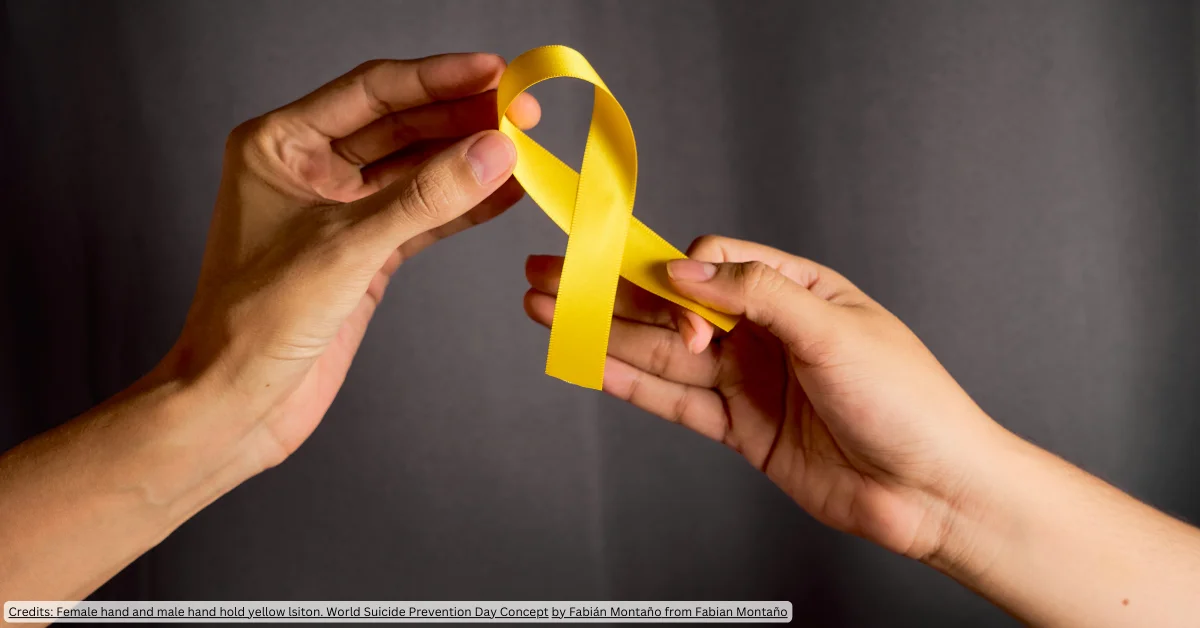The motto ‘fake it ‘til you make it might be great advice for job interview jitters or a confidence boost before a big presentation, but it has no place in the bedroom.
Sexual health and well-being are crucial to the quality of our life and relationships, so it’s particularly concerning that heterosexual women are significantly less sexually satisfied than their partners.
The Cliovana Pleasure Index recently showed that 50% of women regularly fake an orgasm during intercourse, with men four times more likely to orgasm. What’s been used for decades as a punchline is no longer a light-hearted issue if it ever was. Everyone deserves an enjoyable and fulfilling sex life, so why are women getting the short end of the stick?
While lack of education and the stigma around female sexuality are two major players, there is a third barrier to closing the pleasure gap. The reality is that as women age and experience hormonal changes, blood flow to the clitoris can start to decline. This severely impacts the complex network of nerves and tissue that produces pleasure during intercourse, making it much harder for women to orgasm.
When you consider how crucial clitoral stimulation is to female pleasure, it comes as no surprise that women are left wanting more in the bedroom. According to Cliovana’s Pleasure Index, just 10% of women surveyed said they could orgasm through penetration alone. With this in mind, there is no question that the physiological decline of the clitoral complex plays a direct role in the pleasure gap between men and women.
Until now, the lack of accessible treatment options for women has fanned the flame of the pleasure gap. I’ve been a Gynecologist and Obstetrician for over 30 years and I’ve found that women only talked about their sexual well-being when directly asked. Even then, they are hesitant to admit when something is wrong.
This is why I was thrilled to start a trial of Cliovana in Australia. As a non-surgical treatment option previously only available in the US, Cliovana applies a 3 step, non-invasive soundwave therapy to the network of tissue and nerves that make up the clitoral complex. The treatment results in microcellular changes that increase blood flow and create new nerve supplies to the clitoris.
Related: New study reveals “pleasure gap” and encourages dialogue on women’s sexual health
The pilot study results have been extremely promising: 80% of patients were happy with the results, and patients typically reported a noticeable change within three months. The treatment can benefit women of all ages, however, it is particularly transformative for post-menopausal women.
Of course, even with innovative treatment options on the horizon, closing the pleasure gap requires us to start acknowledging its existence. Doctors will undoubtedly play a crucial role in this process, as it will be our responsibility to gain the trust of our female patients and help them to understand that their sexual wellness is not a dirty topic, but one that deserves to be prioritised.
With the technology available to change the lives of females around Australia, sexual satisfaction should not be a luxury only afforded to men. It’s time we stop the jokes and start treating the pleasure gap like the serious issue it is.
Dr Lionel Steinberg is an established and respected obstetrician and gynaecologist based in Melbourne Australia, with a clear focus on providing women-centred care.
Lionel graduated from medical school at the University of Cape Town in 1983. Since arriving in Melbourne and making Australia his home, he has been a familiar presence in the city’s best and busiest birth suites.
Currently, Lionel consults and delivers care from his practice at St Vincent’s Private Hospital, where he offers the full range of obstetric and gynaecological services.
- This author does not have any more posts.












